
Infographic depiction of the state of the various local government areas
A report tagged “the Nigerian Local Government Integrity Index (NLGII)” which assessed governance and corruption risk across Nigeria’s 774 Local Government Areas has revealed that 751 LGAs are lagging behind in fiscal transparency, accountability and pose high risk of corruption.
The inaugural report released by the Center for Fiscal Transparency and Public Integrity provides an evidence-based assessment of governance and corruption risks across all 774 Local Government Areas, and sheds light on the state of accountability at the grassroots.
It also documents the lack of integrity at the local level, provides a framework for reform, citizen engagement, and institutional renewal.
The findings show that 85% of LGAs fall within the “Very High” or “Critical” risk categories, characterized by opacity, weak enforcement, and poor service delivery outcomes.
The report further called on federal and state governments to respect constitutional provisions for LGAs to proactively embrace transparency, for civil society and the media to demand accountability, and for citizens to insist that their leaders serve with integrity.
It also highlights the need for robust oversight, capacity building, and the embedding of digital tools to close avenues for corruption and inefficiency.
The Report assessed the local governments based on eight core data pillars. The first pillar focuses on Fiscal Transparency & Accountability, FOI Responsiveness, Document Availability, Binary check for PDFs of Budget, Expenditure, Audit Reports, and Procurement Plans on any known platform.
The second pillar focuses on Fiscal Resources & Opportunity especially on FAAC Allocation (0-50) while the third pillar focuses on Anti-Corruption Enforcement just as the fifth pillar centers on Post-Election Governance & Sustainability like Financial Autonomy, Evidence of direct receipt of FAAC allocation into an LGA-controlled account and Operational Independence.
Pillar five focuses on Civic Oversight & Media Freedom while pillar six focuses on Public Service Delivery Outcomes and Pillar seven centers on Digital Infrastructure & E-Governance.
Based on the final aggregated score, LGAs were classified into critical risk, very high risk, high risk, moderate risk and low relative risk.
On the risk distribution, 155 local governments were categorized as critical risk representing 20%. Subsequently, 503 local governments were categorized as very high risk representing 65%, 93 local governments were categorized as high risk representing 12 per cent.
Also 19 local governments were classified as moderate risk representing 2.5 per cent and just 4 local governments were classified as low risk representing 0.5 per cent.
Under the ranking Tier 5 falls in Critical Risk LGAs with 155 LGAs with high financial inflows, absolute opacity, no enforcement, and operating in high-insecurity environments.
Their newly elected governments are extremely vulnerable to co-option by criminal networks or intimidation by non-state actors.
Examples of such local governments are Port Harcourt (Rivers), Southern Ijaw (Bayelsa), Ohaji/Egbema (Imo), Magu (Niger).
The report recommended the deployment of a special security and governance task force to protect LGAs’ officials and ensure they receive their FAAC allocations directly, without interference and also place these LGAs under mandatory EFCC/ICPC monitoring, requiring quarterly audited financial reports.
In the same vein, Tier 4 LGAs categorized under Very High Risk LGAs were 503 and characterized by minimal transparency and a long history of corruption. The newly elected councils are at high risk of being manipulated by state governments or captured by local godfathers.
Examples are all LGAs in Oyo, Ogun, Edo, Enugu, Ebonyi, Benue among others.
The report recommended the launch of mass education programs on the Supreme Court ruling and the right to demand financial autonomy and transparency, while urging CSOs should file FOI requests and lawsuits to compel state governments to disclose FAAC disbursement records and also provide large-scale training for new council members on public financial management.
Tier 3 categorized as High Risk LGAs were 93 LGAs. According to the report, these LGAs show sporadic compliance. They have elected governments but remain vulnerable to pressure and backsliding into old habits.
Examples are Kaduna North, Jos North, Ado-Ekiti, Akure South.
Subsequently, the report recommended the use of financial autonomy to deliver visible, popular projects to build public trust and also facilitate partnerships and mentorship programs with LGAs.
Tier 2 was categorized as Moderate Risk LGAs with 19LGAs and have Positive outliers with proactive transparency e orts and functional autonomy. They can become national models.
Examples are Ikeja (Lagos), Dutse (Jigawa), Keffi (Nasarawa), AMAC (FCT).
The report recommended Pioneer Advanced Practices, implementation of open contracting, live budget dashboards, and digital citizen feedback platforms. And also formalize mentorship programs
Tier 1 is categorized under Low Relative Risk LGAs and were 4 LGAs and serve as The national benchmarks for transparency and accountable governance. Example is Nasarawa LGA (Nasarawa).
The report recommended that it works with the CFTPI and OAGF to develop a “Local Government Good Governance Blueprint” and transition into a formal advisory body, providing testimony to the National Assembly.
How LGAs rank
Under Tier 1 which is low relative risk, they include Nasarawa local government in Nasarawa state and local governments in Kaduna State, noting that they have promising reforms needing consolidation as well as local governments in Jigawa State.
For Tier 2 which is moderate risk, they include local governments in Lagos state like Ikeja, Surulere, Alimosho, Lagos Island, Apapa, AmuwoOdofin, Eti-Osa, Kosofe, Somolu, Oshodi-Isolo.
For Jigawa state, it features Dutse, Hadejia, Kazaure, Ringim, Gumel, Birnin Kudu.
For TIER 3 which is high risk, it includes Kaduna North, Kaduna South, Zaria in Kaduna state while in Plateau State, we have Jos North, Jos South, Jos East.
In Ekiti State there is Ado-Ekiti, Ikere, Ikole while Ondo State has Akure South, Ondo West, Owo while Cross River State has Calabar Municipal, Calabar South.
In Niger State there is Minna, Suleja, just as Kano State has Kano Municipal, Fagge, Dala and Nassarawa.
In Ogun State, there is Abeokuta South, Ado-Odo/Ota while Lagos State has Badagry, Ikorodu, Epe.
Under TIER 4: which is very high risk, this encompasses the majority of LGAs in Abia State (All 17 LGAs), Adamawa State (All 21 LGAs), Akwa Ibom State (All 31 LGAs), Anambra State (All 21 LGAs), Bauchi State (All 20 LGAs), Benue State (All 23 LGAs), Cross River State (Remaining 16 LGAs), Delta State (All 25 LGAs), Ebonyi State (All 13 LGAs), Edo State (All 18 LGAs), Enugu State (All 17 LGAs), Gombe State (All 11 LGAs), Jigawa State (Remaining 21 LGAs), Kano State (Remaining 40 LGAs), Kebbi State (All 21 LGAs), Kwara State (All 16 LGAs), Nasarawa State (Remaining 9 LGAs: Awe, Doma, Keana, Kokona, Lafia, Nasarawa Egon, Obi, Toto, Wamba), Ogun State (Remaining 18 LGAs), Ondo State (Remaining 15 LGAs), Osun State (All 30 LGAs), Oyo State (All 33 LGAs), Taraba State (All 16 LGAs), Yobe State (All 17 LGAs), Lagos State (Remaining 10 LGAs): Ajeromi-Ifelodun, Agege, Ifako-Ijaiye, Ikorodu, Lagos Mainland, Mushin, Ojo, Oshodi-Isolo, Shomolu, Surulere.
In TIER 5 which are critical risk, Borno State has Abadam, Askira-Uba, Bama, Chibok, Damboa, Gubio, Guzamala, Gwoza, Hawul, Jere, Kaga, Kala-Balge, Konduga, Kukawa, Mafa, Magumeri, Maiduguri, Marte, Mobbar, Monguno, Ngala, Nganzai, Shani
Imo State has Ohaji/Egbema, Oguta, Ideato North, Ideato South, Isu, Njaba, Nkwerre, Nwangele, Obowo, Orlu, Oru East, Oru West, Owerri West, Ehime Mbano, Ihitte-Uboma, Okigwe, Onuimo, Mbaitoli, Ikeduru, Aboh Mbaise, Ahiazu Mbaise, Ezinihitte, Ngor-Okpala, Isiala Mbano.
In Kaduna State, there are Birnin Gwari, Chikun, Giwa, Igabi, Ikara, Kubau, Kudan, Kajuru, Sanga, Zangon Kataf, Kauru and Lere.
Katsina state has Batsari, Dandume, Danmusa, Faskari, Jibia, Kankara,
Sabuwa, Safana, Dutsin-Ma, Kurfi, Matazu, Rimi, Musawa, Malumfashi, Kafur, Danja, Bakori, Funtua.
Kogi State has Dekina, Ankpa, Ofu, Olamaboro, Omala, Idah, IgalamelaOdolu, Bassa, Lokoja, Koton Karfe, Ajaokuta, Okene, Ogori-Magongo, Adavi, Okehi, Ibaji, Kabba-Bunu, Ijumu, Mopa-Muro, Yagba West, Yagba East.
Also in Niger State: Magu, Mashegu, Rafi, Shiroro, Munya, Paikoro, Rijau,
Wushishi, Agwara, Borgu, Kontagora, Mariga, New-Bussa, Edati, Gbako, Lavun, Mokwa, Agaie, Lapai, Gurara, Suleja, Tafa, Bida, Katcha, Chanchaga.
In Rivers State: Port Harcourt, Obio-Akpor, Ikwerre, Etche, Eleme, Gokana,
Khana, Oyigbo, Tai, Ahoada West, Ahoada East, Ogba-Egbema-Ndoni, Abua-Odual, Andoni, Akuku-Toru, Asari-Toru, Degema, Emohua, OguBolo, Okrika, Omuma, Opobo-Nkoro.
In Sokoto State, there are Goronyo, Gudu, Isa, Kebbe, Rabah, Sabon Birni, Wurno, Binji, Bodinga, Dange-Shuni, Gada, Goronyo, Gudu, Illela, Kware, Wamako, Yabo
In Zamfara State, it has Anka, Bakura, Birnin Magaji/Kiyaw, Bukkuyum, Bungudu, Gummi, Gusau, Kaura Namoda, Maradun, Maru, Shinkafi, Talata Mafara, Zurmi.
Lastly Bayelsa State has Southern Ijaw, Brass, Ekeremor, Kolokuma-Opokuma, Nembe, Ogbia, Sagbama, Yenagoa.
Urgent need to tighten loose ends – CEPTI
Speaking on the report, the Executive Director at CEPTI, Dr. Umar Yakubu said the report provides the “first nationwide corruption and governance risk assessment of local councils”.
According to the findings, 85 percent of Nigeria’s LGAs face “very high or critical risk due to poor governance, opacity, weak enforcement, and failing services”.
Yakubu said the index identifies priority areas where reforms and interventions are needed, covering eight governance pillars.
He added that beyond autonomy, capacity building and training remain essential if LGAs are to deliver basic services.
“What the index has just done is to practically look at those areas where interventions are needed,” Yakubu said.
“There are things that need to be taken into consideration so that the local governments can effectively deliver what they are supposed to deliver to the people,” he said.
He noted that transparency in Nigeria follows a tiered pattern, with federal institutions showing the most openness, states following, and local governments lagging significantly behind.
The framework, he said, aims to bridge that gap by setting benchmarks that councils can adopt to strengthen governance.
Yakubu recommended that enforcement agencies like the Economic and Financial Crimes Commission (EFCC), the Independent Corrupt Practices and Other Related Offences Commission (ICPC), and the Code of Conduct Bureau should pay closer attention to councils in tiers 4 and 5, where risks are most severe.
We’ll carefully study report findings – ICPC
Meanwhile, the Chairman of the Independent Practices and Other Related Offences Commission (ICPC), Dr. Musa Adamu Aliyu, SAN, has reiterated the Commission’s commitment to strengthening institutional frameworks across Nigeria’s 774 LGAs.
The ICPC Chairman commended the initiative, describing it as a timely and valuable tool for deepening transparency and accountability at the grassroots.
He noted that the Commission would carefully study the findings and integrate some of the report’s innovations into its own recently launched programme—Accountability and Corruption Prevention in Local Governments (ACCP-LG).
“We shall take a cue from this Index Report, particularly the issues that touch on transparency, accountability, and local government finances. The Commission will review the findings thoroughly and determine how to fuse the novel ideas highlighted into our ACCP-LG initiative.
Our goal is to strengthen institutional frameworks in local governments, ensuring they deliver impactful and effective services to the people,” Dr. Aliyu said. (Daily Trust)
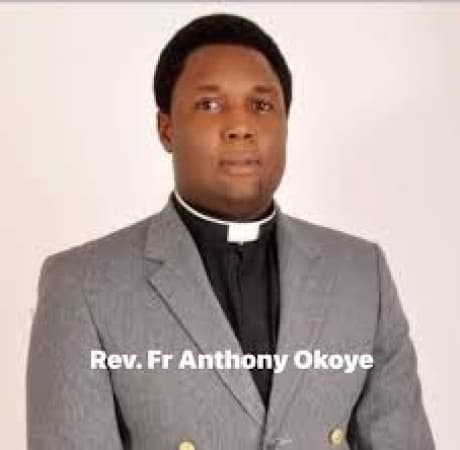
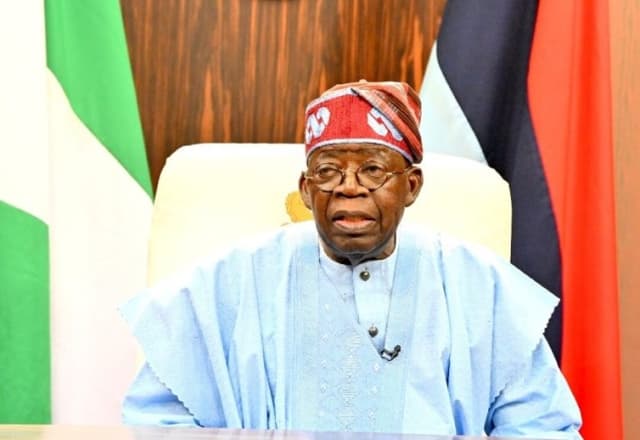

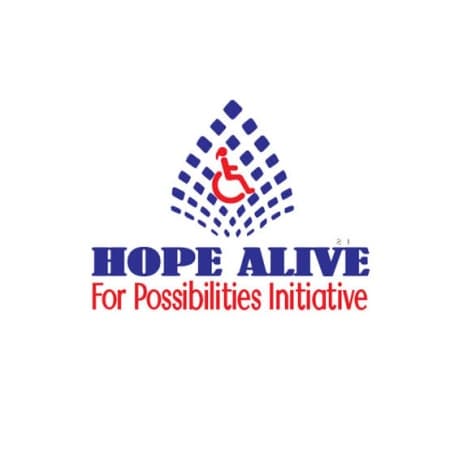

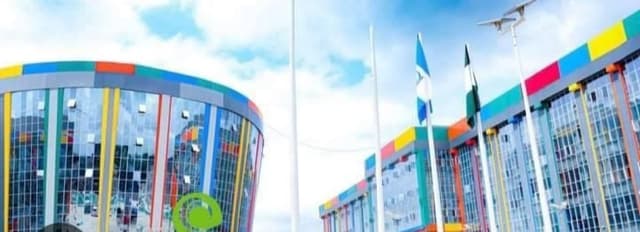

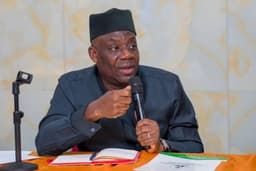
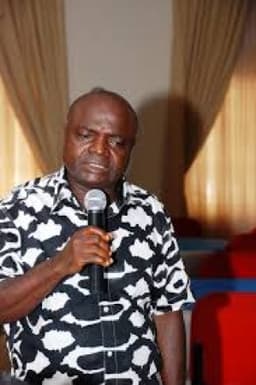

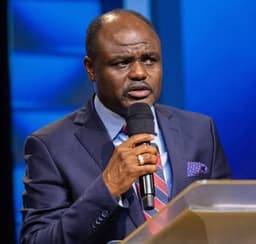






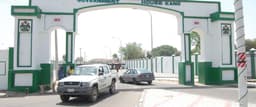

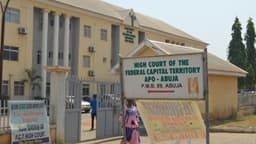
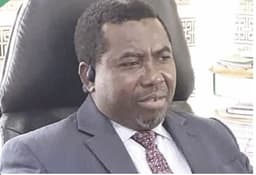
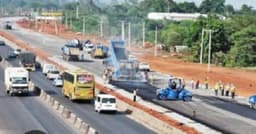

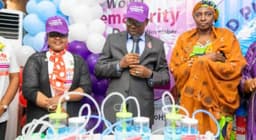
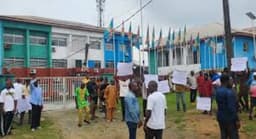
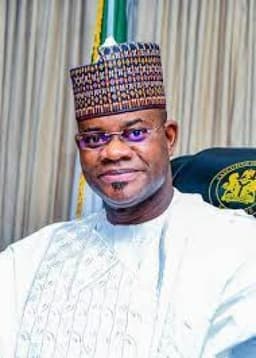

NEWS EXPRESS is Nigeria’s leading online newspaper. Published by Africa’s international award-winning journalist, Mr. Isaac Umunna, NEWS EXPRESS is Nigeria’s first truly professional online daily newspaper. It is published from Lagos, Nigeria’s economic and media hub, and has a provision for occasional special print editions. Thanks to our vast network of sources and dedicated team of professional journalists and contributors spread across Nigeria and overseas, NEWS EXPRESS has become synonymous with newsbreaks and exclusive stories from around the world.